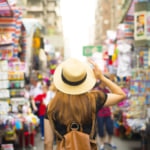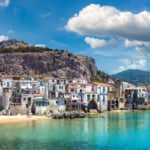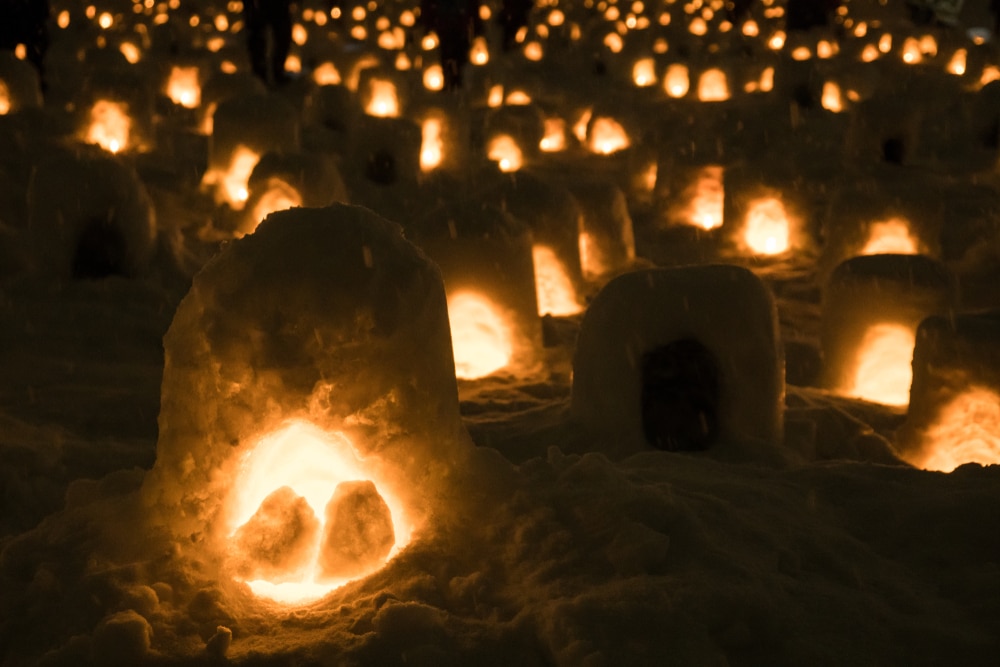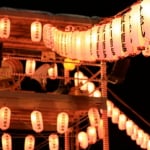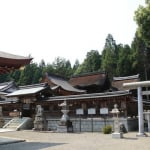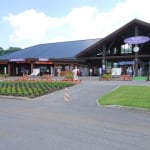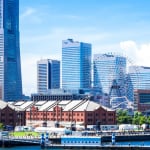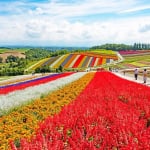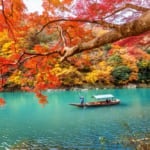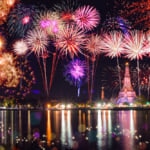Photo by ohayokung/Shutterstock
8 Exciting Snow Festivals You Need to Check Out in Japan
The Sapporo Snow Festival is a stunning showcase of snow and ice sculptures, held annually over seven days. As one of Japan's most popular events, it attracts visitors worldwide, leading to rapid bookings for hotels and flights. While Sapporo's festival is the largest and most glamorous, many other snow festivals across the country offer unique experiences and breathtaking displays of winter artistry, often with fewer crowds.
table of contents
[x] close
8 Exciting Snow Festivals You Need to Check Out in Japan
Tokamachi Snow Festival
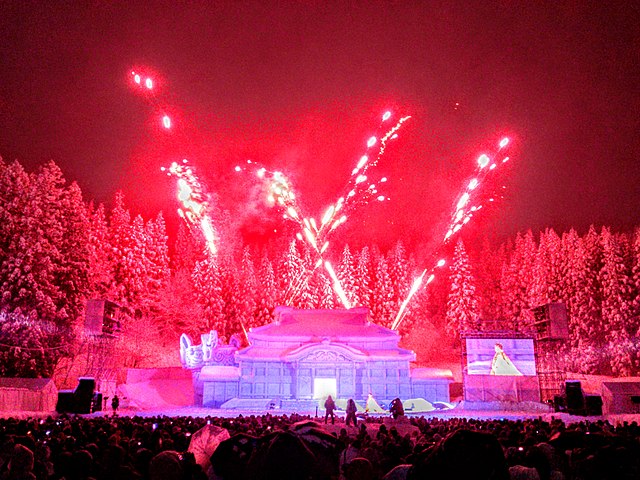
Photo by Rebirth10/Wikipedia
Niigata, renowned for having the highest snowfall in Japan, serves as the perfect backdrop for a variety of snow-related festivals, most notably the Tokamachi Snow Festival. Each year, over three days, the residents of this charming city unite to creatively transform the abundant white powder into stunning sculptures and art pieces that adorn their homes, shops, and parks. This festival not only highlights the town's artistic talents but also fosters a sense of community as locals come together to celebrate the beauty of winter.
Yamagata Snow Festival
The Sagae Snow Festival, located on the outskirts of Yamagata City, is one of the largest snow festivals outside Sapporo. Held on the first weekend of February, this vibrant event features rows of street vendors offering hot food as visitors explore impressive snow sculptures. Alongside the beautiful ice art, the festival includes stalls with fun games, captivating performances, and a stunning fireworks display on one of the nights, creating a festive atmosphere that attracts both locals and tourists.
Inukko Festival
For animal lovers, Akita's Inukko Festival is a delightful celebration of the local Akita dog breed. Held in Yuzawa, this festival features impressive snow statues of these beloved dogs, showcasing the region's abundant winter snowfall. Originating as a way to honor the dogs for their loyalty to the community, the festival includes dog parades, traditional taiko drumming performances, and stunning illuminations and fireworks at night. Typically occurring on the second weekend of February, the Inukko Festival offers a unique blend of cultural festivities and canine appreciation, making it a must-visit for dog enthusiasts and winter festival fans alike.
Ouchi-juku Snow Festival
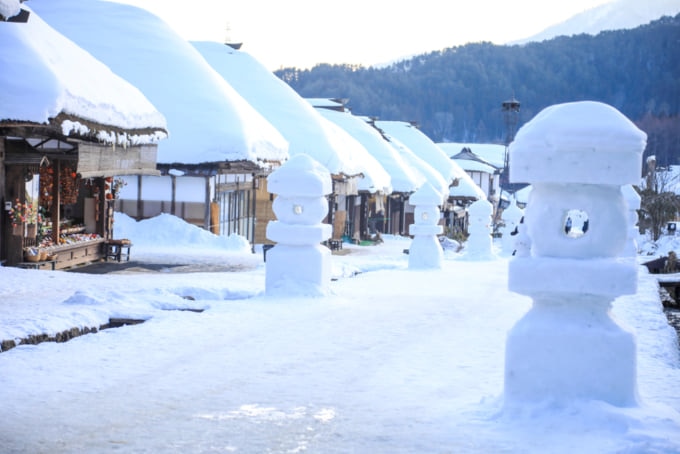
Photo by Club4traveler/Shutterstock
Set in the picturesque Edo post town of Ouchi-juku, the winter season transforms this traditional village into a breathtaking landscape draped in a soft layer of snow. Visitors lucky enough to be there on the second weekend of February will witness the village's enchanting beauty as it is adorned with snow-made lanterns, known as toro, alongside charming snow sculptures. The festival offers a variety of engaging activities, including soba-eating contests, lively performances, and a spectacular fireworks display. This captivating event showcases the rich cultural heritage of the region, making it a memorable experience for all who attend.
Iwate Snow Festival
The Iwate Snow Festival, one of Tohoku's most renowned winter celebrations, takes place in early February and lasts just over a week. This festival features impressive snow sculptures that can rival those at the Sapporo Snow Festival. In addition to the artistic displays, visitors can enjoy a wide variety of festival foods and snacks from numerous stalls set up throughout the area.
Aizu Painted Candle Festival
In the historic castle town of Aizu-Wakamatsu, February brings a stunning display of beautifully painted candles. This tradition began as a way for families to honor their ancestors, using candles instead of flowers that couldn’t survive the harsh winter conditions. Over time, these candles have become a common sight throughout the streets, creating a warm and inviting atmosphere in the city.
Yokote Snow Festival
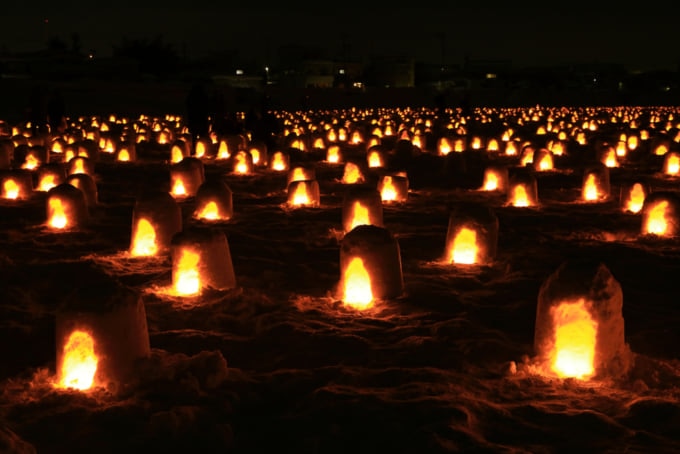
Photo by yspbqh14/Shutterstock
One of Akita's many winter festivals, the Yokote Kamakura Festival showcases hundreds of large and small snow domes known as "kamakura," each filled with lights that create a breathtaking winter landscape. While several kamakura snow festivals take place across northern Japan, the one in Akita is the largest, drawing visitors with its enchanting atmosphere and stunning displays.
Zao Snow Monster Festival
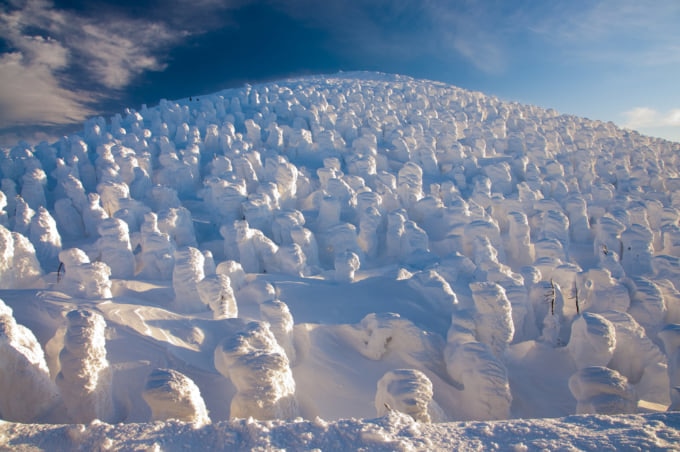
Photo by Krishna.Wu/Shutterstock
As winter settles in by late December, a remarkable phenomenon occurs on the slopes of the Zao Mountains, where trees become enveloped in thick layers of snow, creating stunning "snow monsters." On select dates throughout winter, these natural sculptures are illuminated in various colors, resulting in breathtaking scenery. The festival dates vary each year based on the peak season for the snow-covered trees, typically falling in late January or February.
Conclusion
While tourism in Japan generally slows down during the winter months, numerous captivating events and festivals take place across the country, making it a delightful time to visit. From stunning snow festivals to unique cultural celebrations, winter provides visitors with an opportunity to experience Japan's charm in a less crowded atmosphere.

